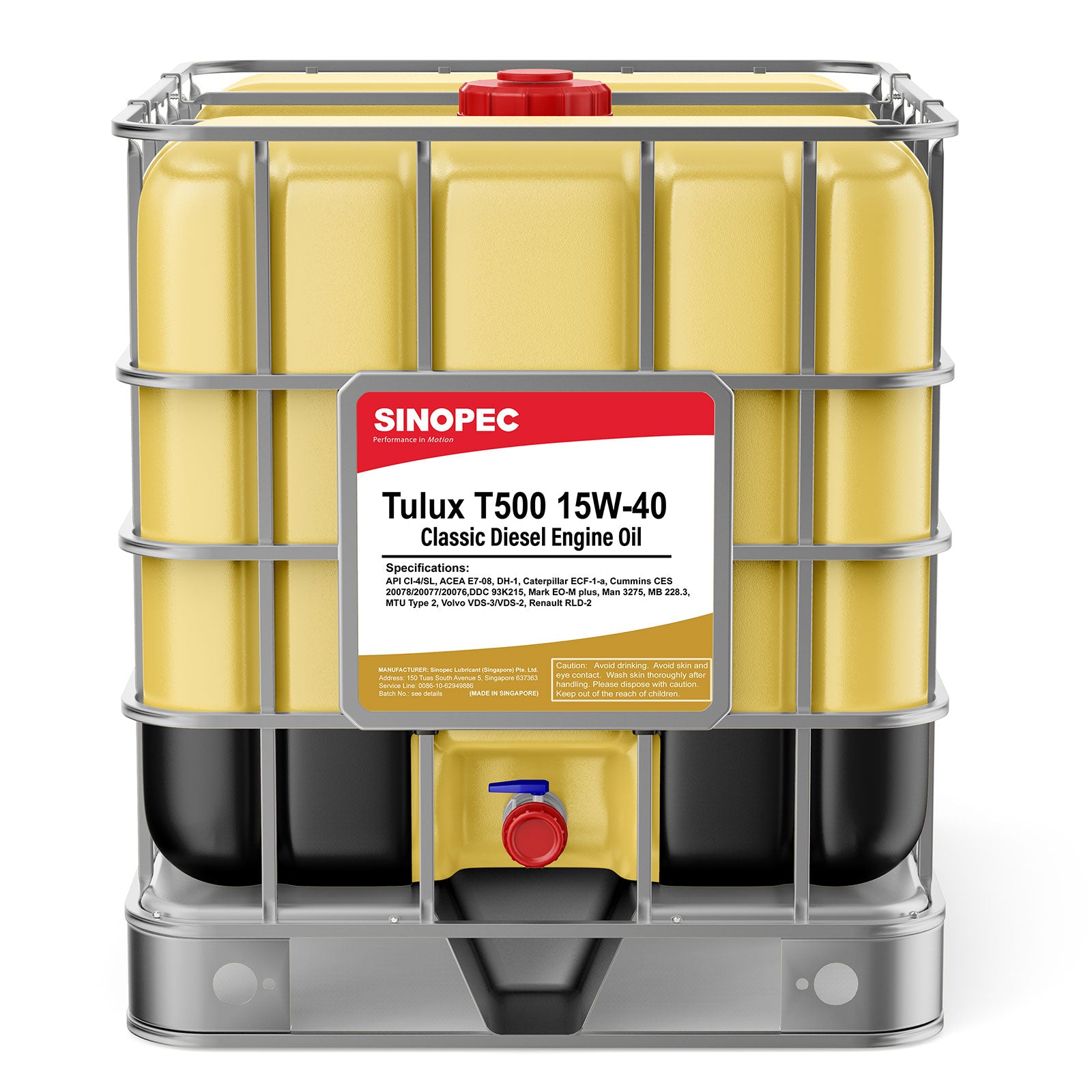Diesel Exhaust Fluid (DEF)
Diesel technology and the engines themselves have witnessed a substantial rise in clean operations within the last several years. This increase can be directly attributed to the 2010 EPA regulations. Modern diesel engines deliver better fuel economy with a more rugged design. These advantages make it the perfect powerplant for commercial vehicles. Numerous industries across the globe, have benefitted from improved diesel designs and cleaner operations. The EPA regulations of 2010 forced diesel technology to improve. This directive resulted in manufactures supplying better low-sulfur fuels and specialized converters to curtail the toxic nitrous oxide exhaust fumes. A significant improvement in diesel technology was the addition of DEF
DEF is a non-toxic solution of 67.5% water and 32.5% automotive grade urea and is one of the key elements of the SCR system. It has high purity requirements - defined by the International Organization for Standardization specification ISO 22241-1, and the American Petroleum Institute.
The 32.5% DEF solution is preferred for use with most SCR systems worldwide due to optimum cold weather performance. At this specific 32.5% concentration the solution has the lowest freezing point of all possible concentrations and allows the urea and water to freeze and thaw at the same rate allowing the proper concentration for the SCR exhaust system.
DEF Consumption
DEF consumption will vary depending upon the environment, operation and duty cycle of equipment. On average, DEF consumption is 3% to 5% of fuel consumption. As fuel consumption increases, DEF consumption also increases, so it is important to consider the highest consumption rates of the equipment when planning DEF delivery and storage.
Storage and Handling
DEF poses no serious risk to humans, animals or the environment, but it is not compatible with all materials. DEF is safe to handle and store, non-toxic, non-polluting and non-flammable. While it does freeze at 12°F, it is important to note that frozen DEF does not impact the start-up or operation of the vehicle. When stored or exposed to extreme temperatures, DEF does not become toxic.
The SCR system, tank and distribution system on the equipment are all designed to be fully compatible with DEF properties to avoid corrosion, evaporation and contamination. Each system includes sensors that monitor DEF quality and level as well as heated lines from the tank to the SCR unit to maximize system performance. However, additional care must also be taken when selecting bulk DEF storage and delivery systems. All hoses, fittings, and storage tanks must be made of DEF-approved materials such as stainless steel, certain plastics, titanium or EPDM rubber in order to avoid chemical contamination of the DEF and expensive damage to the SCR system.
It is recommended that DEF be stored between 12°F and 86°F. When stored within this range, shelf life will be greater than one year, and when stored below 65°F, shelf life is extended to 2 years.
DEF Availability
The on-highway market has driven massive DEF infrastructure growth in the last few years with over 1,000 DEF pump locations across North America. Increased off-highway demand will drive increased non-road availability over the next few years through various fuel and chemical service providers.
DEF is available in a variety of sizes:
- Bulk
- Plastic & Disposable Totes (275 and 330 gal.)
- Drum (55 gal.)
- 2.5 Gal Jugs
How much DEF will my equipment use?
A: If you use a fire truck in an urban setting, running 7,000 miles annually at 5 mpg, you can expect your DEF usage to be about 2.5 percent of diesel fuel consumption. In this scenario, you would use 1,400 gallons of diesel fuel and 35 gallons of DEF per year. The average DEF tank holds five gallons of fluid, so you would need about seven DEF tank fills per year (one every 7.5 weeks).
Since most DEF fill-ups will take place at the same time as you are getting diesel fuel, it’s helpful to look at usage from that perspective. Assuming that you have a 65-gallon fuel tank and DEF usage is 2.5 percent, you’ll use 1.6 gallons of DEF for every tank of diesel fuel. With an average DEF storage of five gallons, you’ll need to replenish DEF only every fourth time you refill with diesel fuel. Of course, our recommendation is to simply top off your DEF tank each time you refuel. If you are running a vehicle that gets very low actual activity, or the vehicle is stored in a barn with high temperatures, where shelf life might be a concern, adjust your DEF refills accordingly and consider having a spare bottle of DEF available in the event of a prolonged emergency call.
Q: What happens if my equipment runs out of DEF?
A: All EPA 2010 engines with SCR are designed with a gauge that shows the DEF fluid level, similar to a fuel gauge. In addition, they are equipped with a system of flashing lights to alert the operator well in advance when the DEF tank is getting low on fluid. If the reservoir is not replenished with DEF and runs low, vehicle speed will be limited to 55 mph, but as soon as DEF is added, the engine will resume normal speed levels. In the unlikely event that the DEF tank runs dry, the vehicle speed will be limited to 55 mph, and the engine will continue to support pump operations until it is keyed off. Once it is keyed off, vehicle speed will be limited to 25 mph, and pumping may be limited. Once the DEF tank is refilled, normal engine operations will be restored. A prudent measure would be to have a top-off gallon jug of DEF available on each piece of equipment with an EPA 2010 engine with an after treatment system.
















